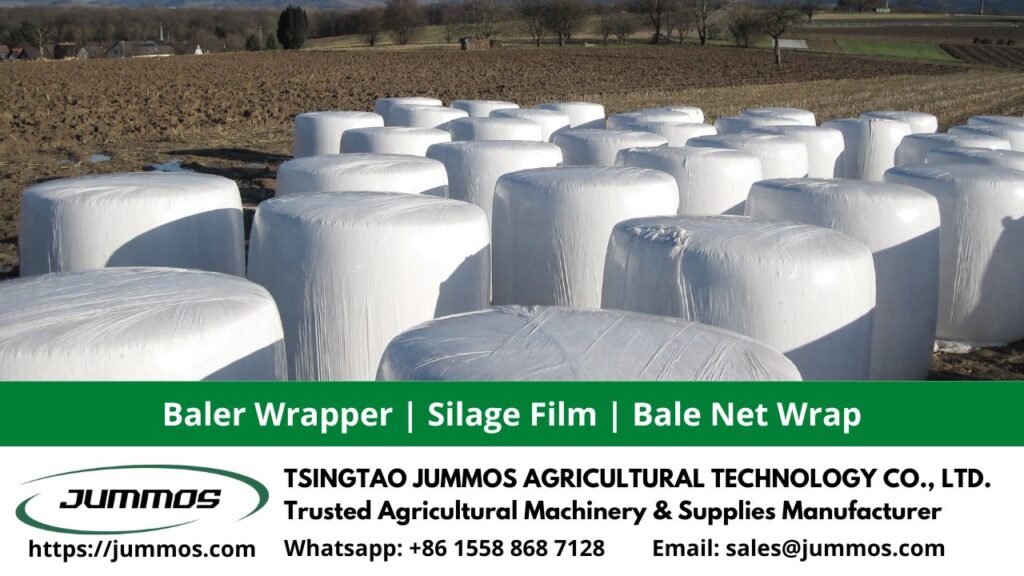
Do you know about this popular nutritious feed? Sorghum is often considered a substitute for corn, but it is much more than just an alternative. Sorghum silage, made from fermented sorghum stems and leaves, offers numerous benefits to both farmers and their livestock, often surpassing other types of silage. These advantages have made it an increasingly popular choice among dairy and cattle farmers. Let’s explore these benefits in more detail below.
Contents
Advantages of Sorghum Silage
Sorghum silage is a high-quality feed option that offers several advantages over other types of silage. Here are some key benefits:
Drought Resistance
Sorghum is known for its resilience in dry conditions. It can grow well and produce sufficient biomass for silage, making it a valuable crop for farmers in areas with limited water availability.
Nutritional Value Comparable to Corn
The energy content of sorghum silage is equivalent to that of corn silage, making it an excellent energy source for livestock. Additionally, it boasts a balanced nutritional profile, including protein, vitamins, and minerals, all of which are essential for livestock growth and health.
Easier Digestibility
Sorghum silage contains fiber that is often easier for livestock to digest compared to corn silage. This improves digestive efficiency, allowing more nutrients to be absorbed and utilized for milk production or growth.
Reduced Nitrogen Requirements
Sorghum requires less nitrogen fertilizer than corn, which benefits farmers by lowering production costs and reducing the environmental impact of excessive fertilizer use.
Alternative Land Utilization
Sorghum can be grown on marginal land that is less suitable for other crops, making sorghum silage a viable option for farmers with limited land for animal feed production.
Improved Milk Quality
Research suggests that silage made from sorghum can increase the fat and protein content in dairy cows’ milk, potentially exceeding the benefits offered by corn silage.
Enhanced Livestock Health
Sorghum contains antioxidants that may help boost livestock immunity and reduce the risk of disease.
Cost-Effectiveness
Sorghum is generally less expensive to grow than corn and requires less maintenance, making it a more cost-effective option for farmers.
Environmental Friendliness
Sorghum requires less water and fertilizer than corn, making it a more environmentally friendly choice for animal feed production.
Differences Between Sorghum Silage and Corn Silage
While both corn and sorghum silage are high-quality feeds, they have distinct differences that highlight the advantages and disadvantages of each:
- Tannin Content: Corn silage generally does not contain tannin, while some sorghum varieties do. Tannin can affect the palatability and digestibility of the feed.
- Drought Tolerance: Sorghum silage is superior in drought tolerance compared to corn silage, which has lower tolerance.
- Digestibility and Nutrient Requirements: Both silages are rich in fiber, but corn silage is less digestible and requires more nutrients to achieve similar yields. In contrast, sorghum is more digestible and thrives with lower nutrient requirements.
Important Factors in Making Sorghum Silage
Making sorghum silage is generally similar to making corn silage, involving several critical stages to ensure high-quality feed. Here are some important factors to consider:
Harvest Time
Harvest when the crop reaches the milky-dough or early dough maturity stage, approximately 30 to 45 days after flowering. At this stage, the soluble carbohydrate content is high enough to support good fermentation. The moisture content should be optimal to prevent spoilage or inhibit fermentation.
Shredding
Sorghum stems and leaves should be cut into small pieces, ideally about 1-2 cm. Pieces that are too large may not ferment evenly, while overly small pieces can lead to nutrient loss. Uniform cutting facilitates the fermentation and compaction process.
Compaction
The sorghum mixture is placed into the silo and compacted firmly to remove air, creating the anaerobic conditions necessary for fermentation. Proper compaction is crucial to prevent spoilage and ensure uniform fermentation throughout the silage. Compaction can be done manually or mechanically, depending on the tools and resources available.
For added convenience and preservation, farmers can use a baler wrapper to compact and wrap the sorghum mixture into bales. This machine helps create tightly sealed bales, maintaining anaerobic conditions and protecting the silage from external factors like moisture, oxygen, and pests. The baler wrapper also allows for easier handling and storage of the silage, making it an efficient option for both small and large-scale farming operations.
Silo Closure
A tight cover is essential to prevent air entry and bacterial contamination, allowing the fermentation process to proceed correctly. Commonly used covering materials include plastic, tarpaulin, or other airtight materials.
Inoculant Use
Inoculants containing lactic acid bacteria can accelerate fermentation, improve silage quality, and reduce nutrient loss. Selecting inoculants suitable for the crop type and environmental conditions is crucial.
Silo Condition
The silo should be thoroughly cleaned before use to prevent contamination from previous silage residue. Ensure that the silo is in good condition and free of leaks.
For the best results, don’t forget to use Silopak silage film products. Our products are made from premium resins, selected for their quality and proven to withstand extreme weather conditions, lasting more than 18 months.
